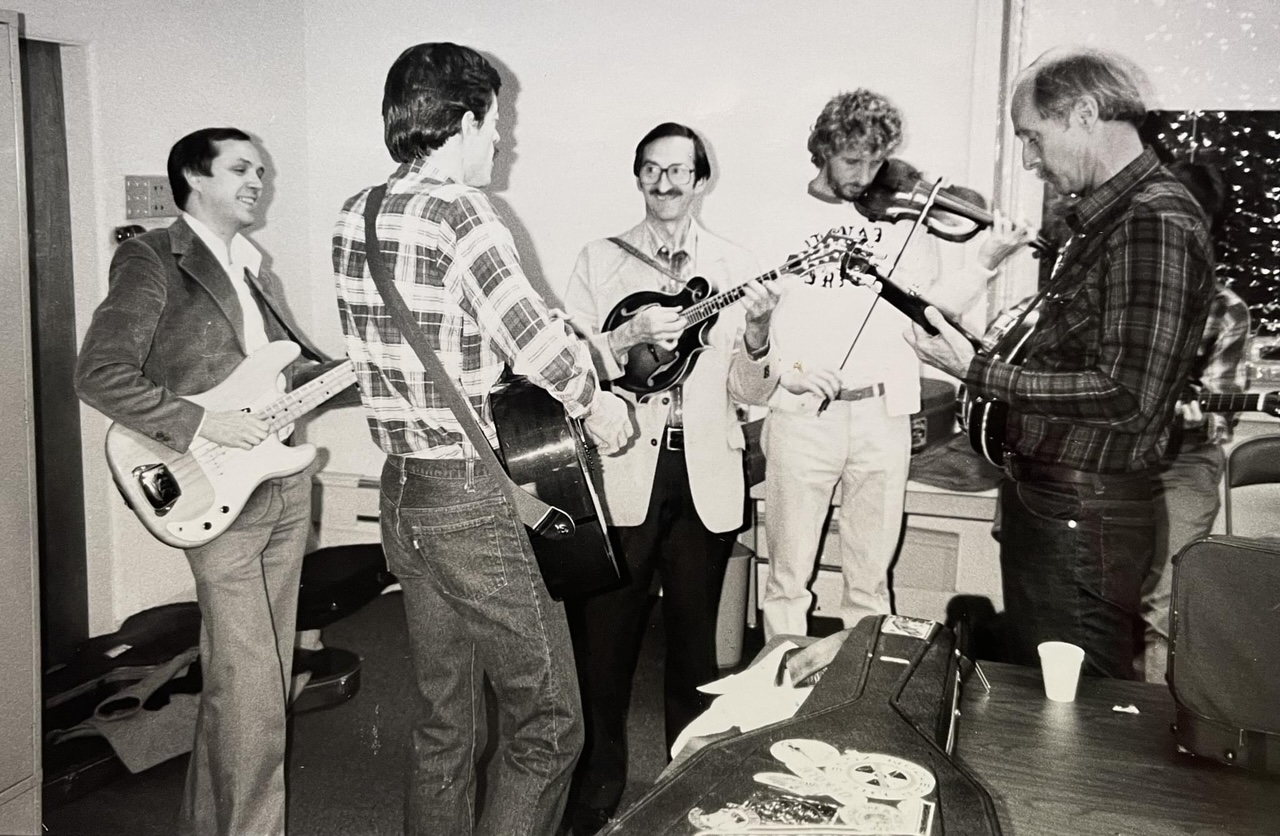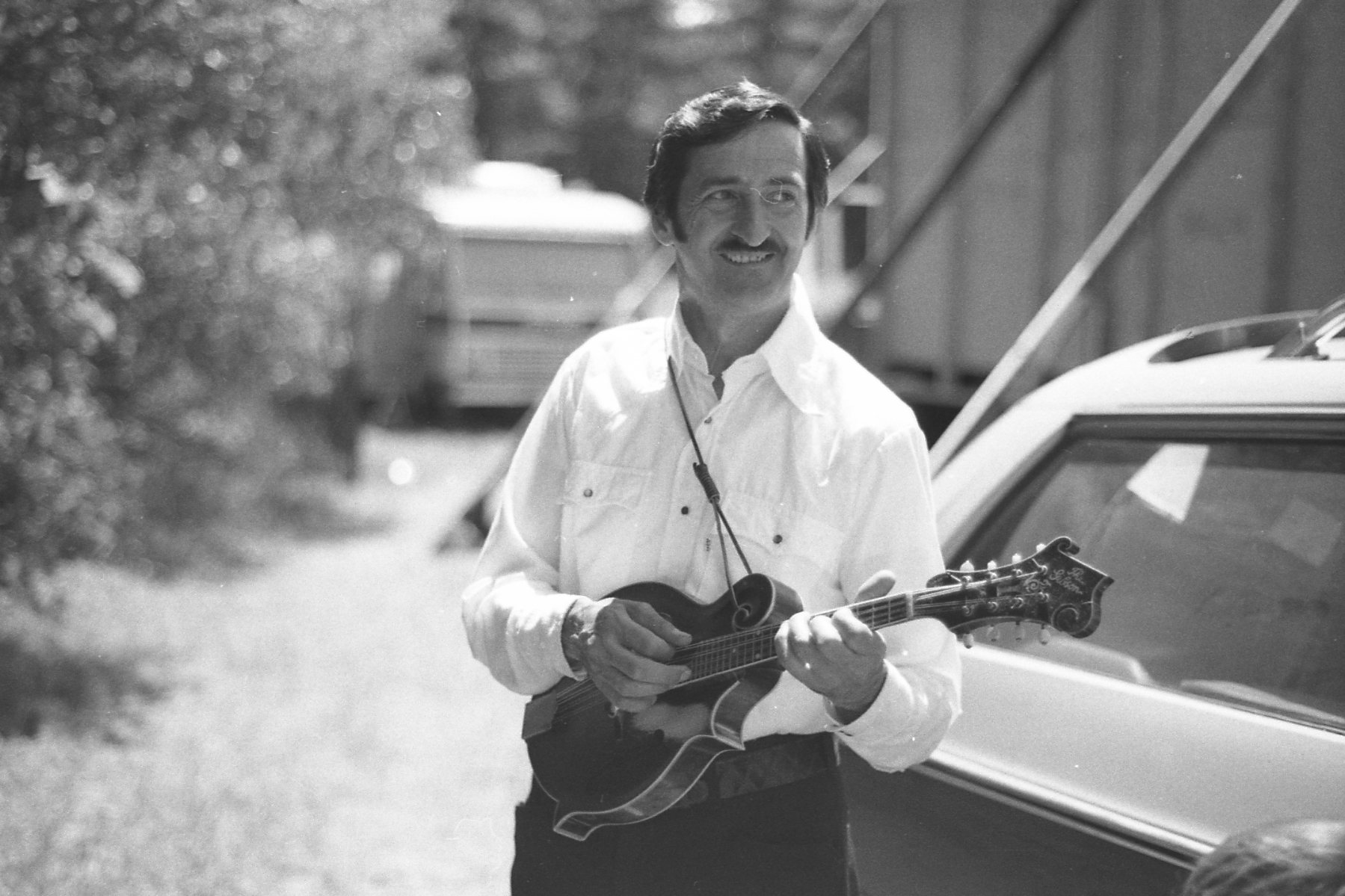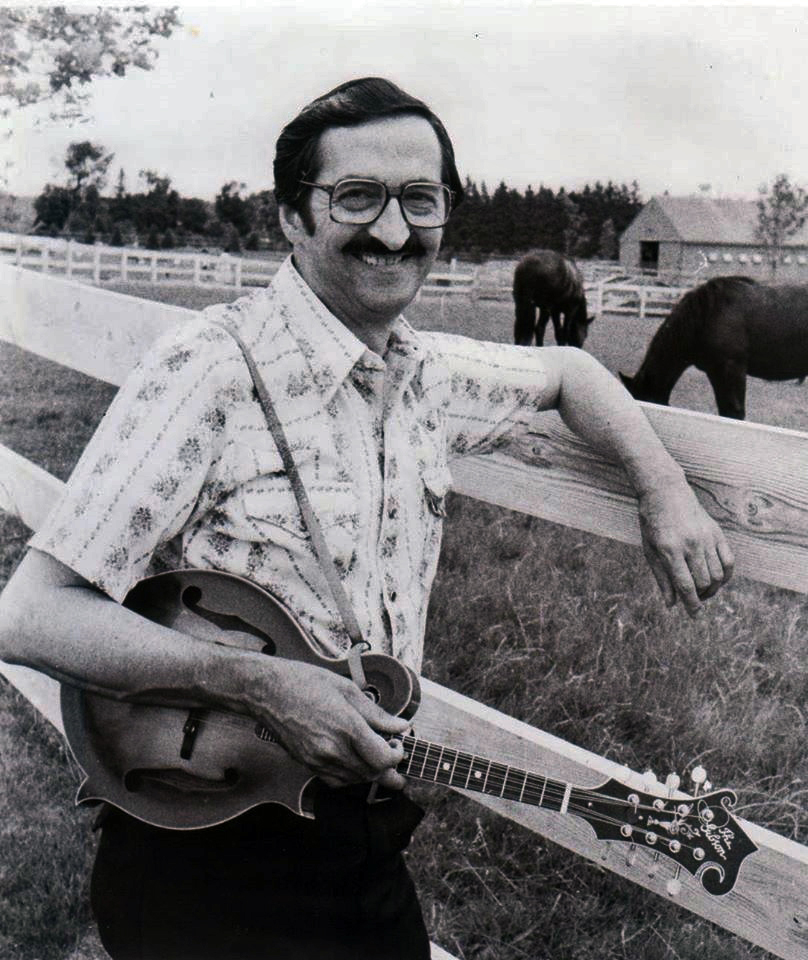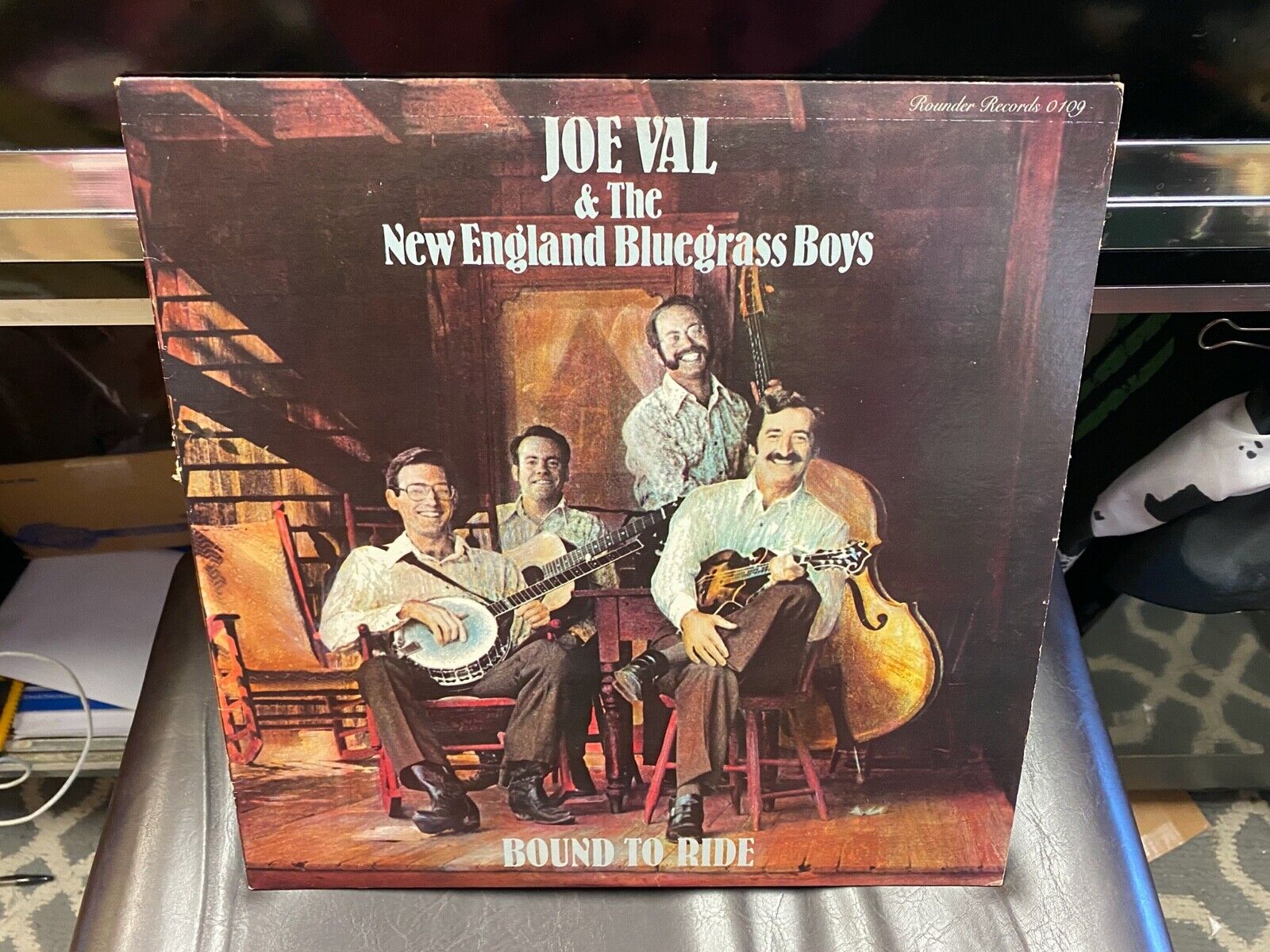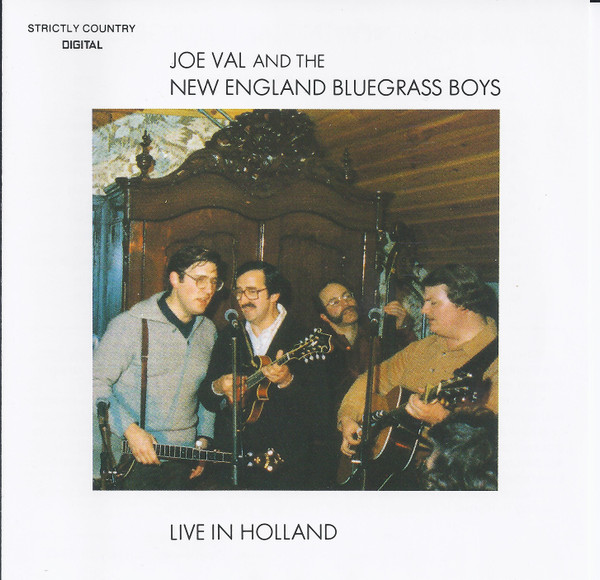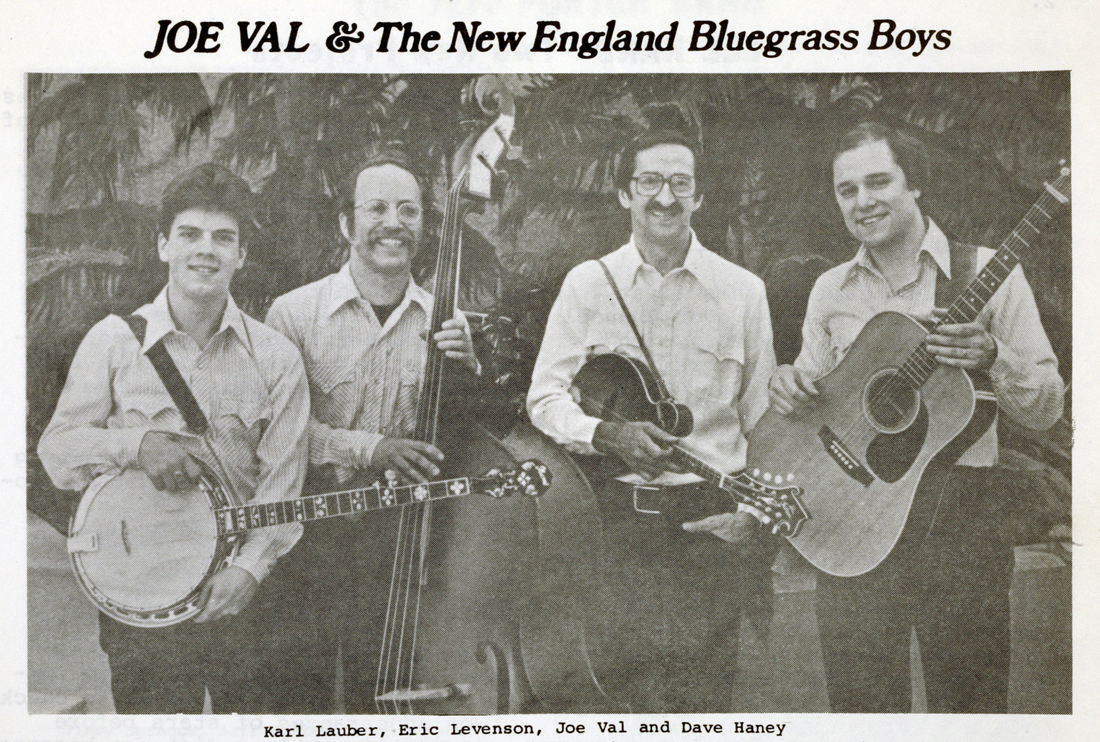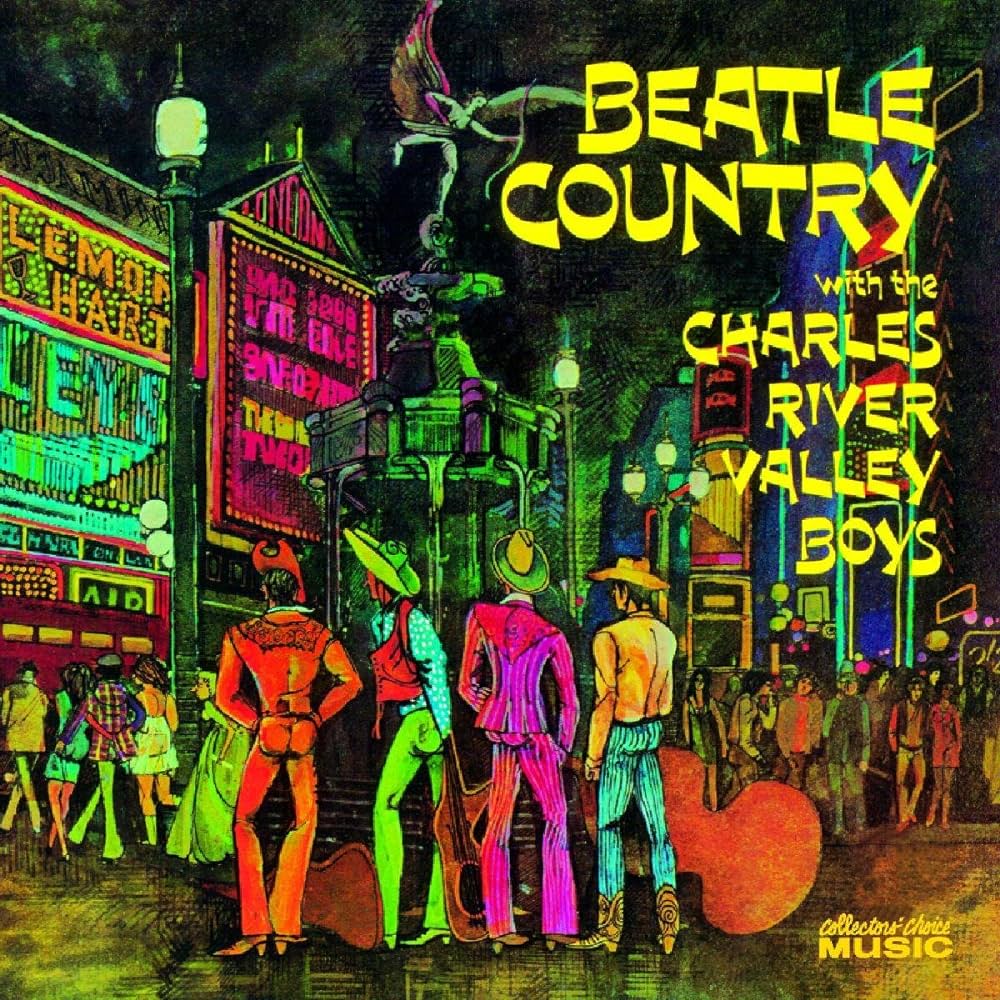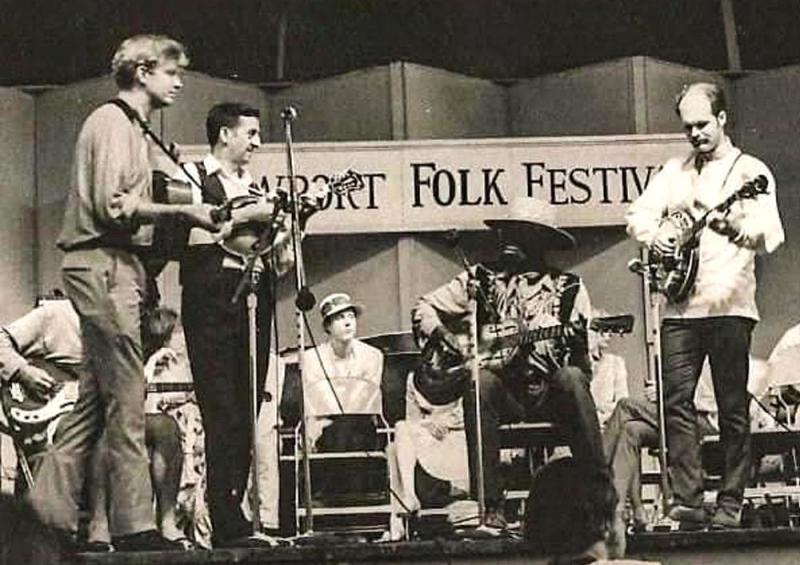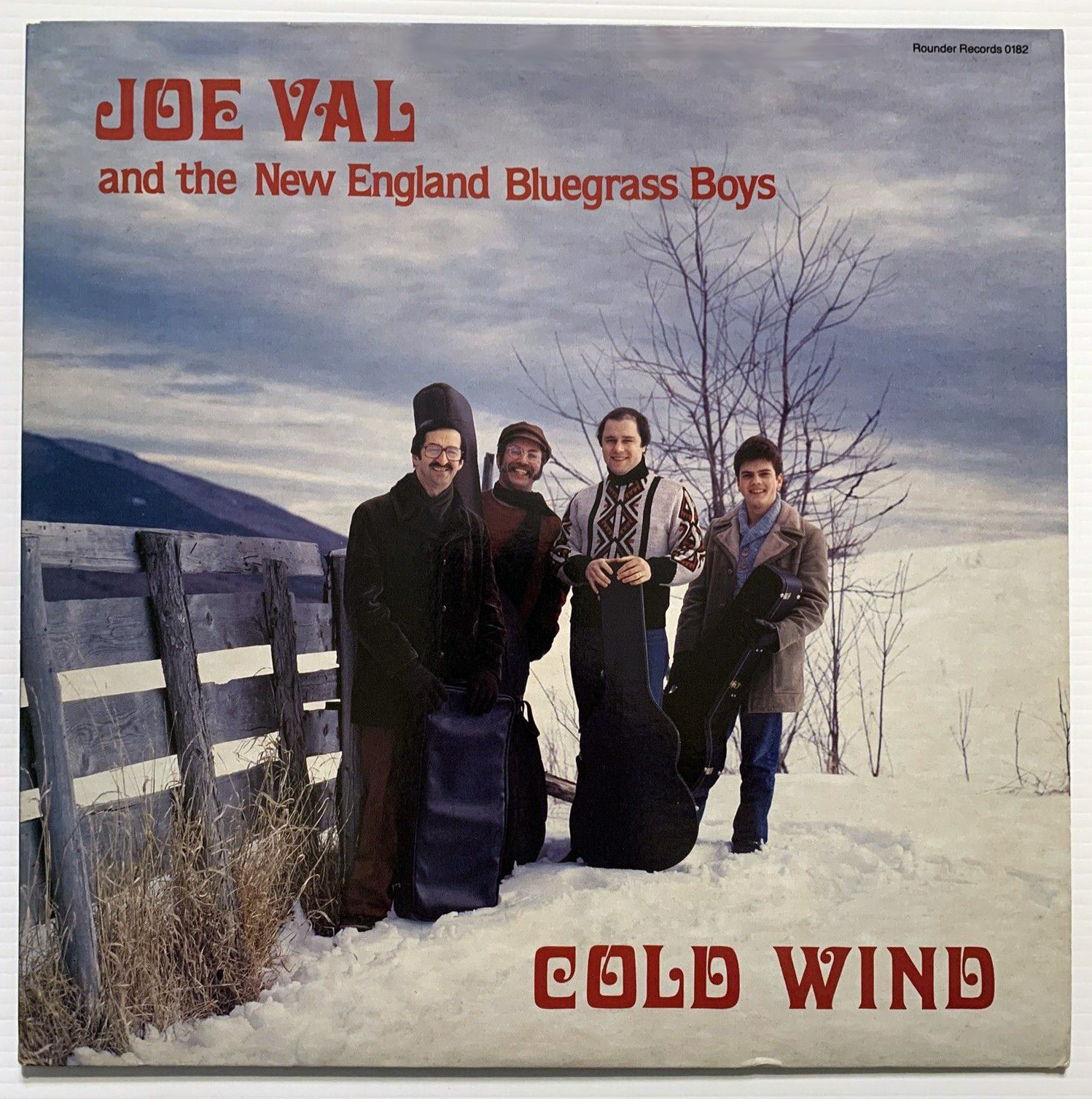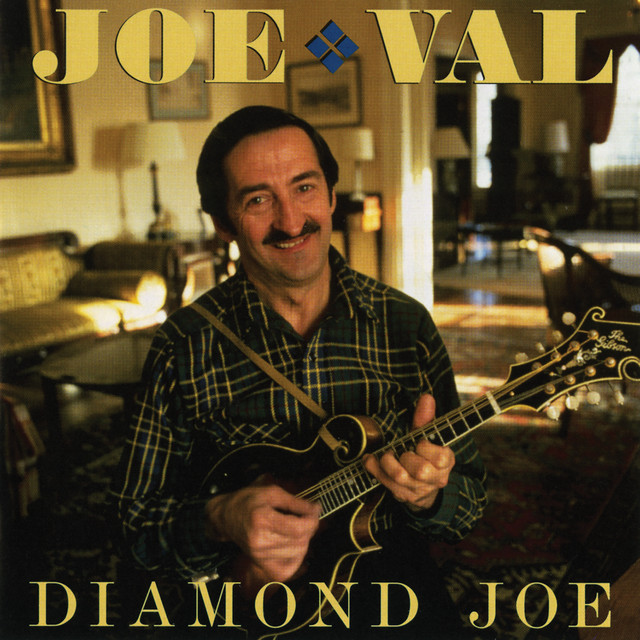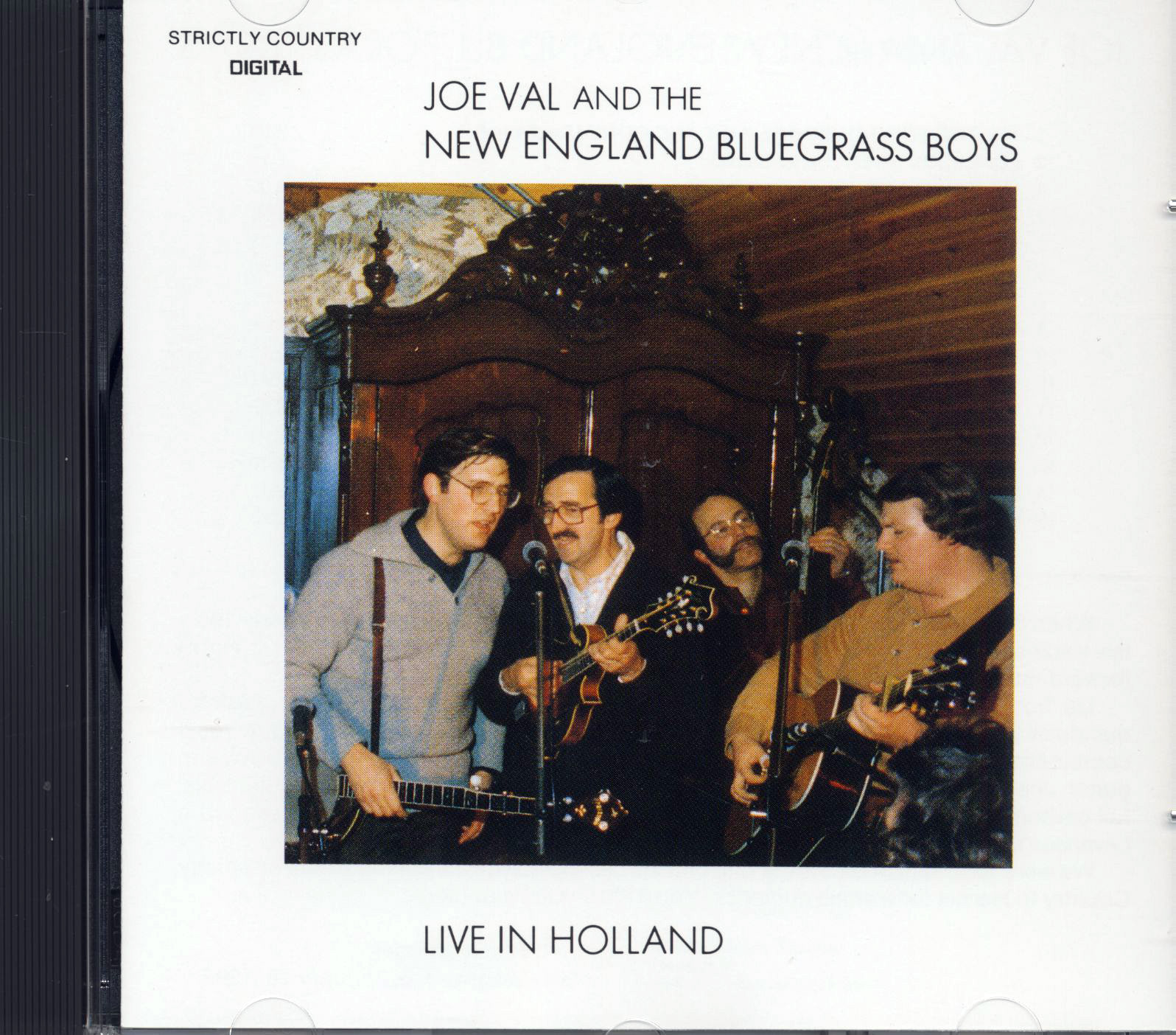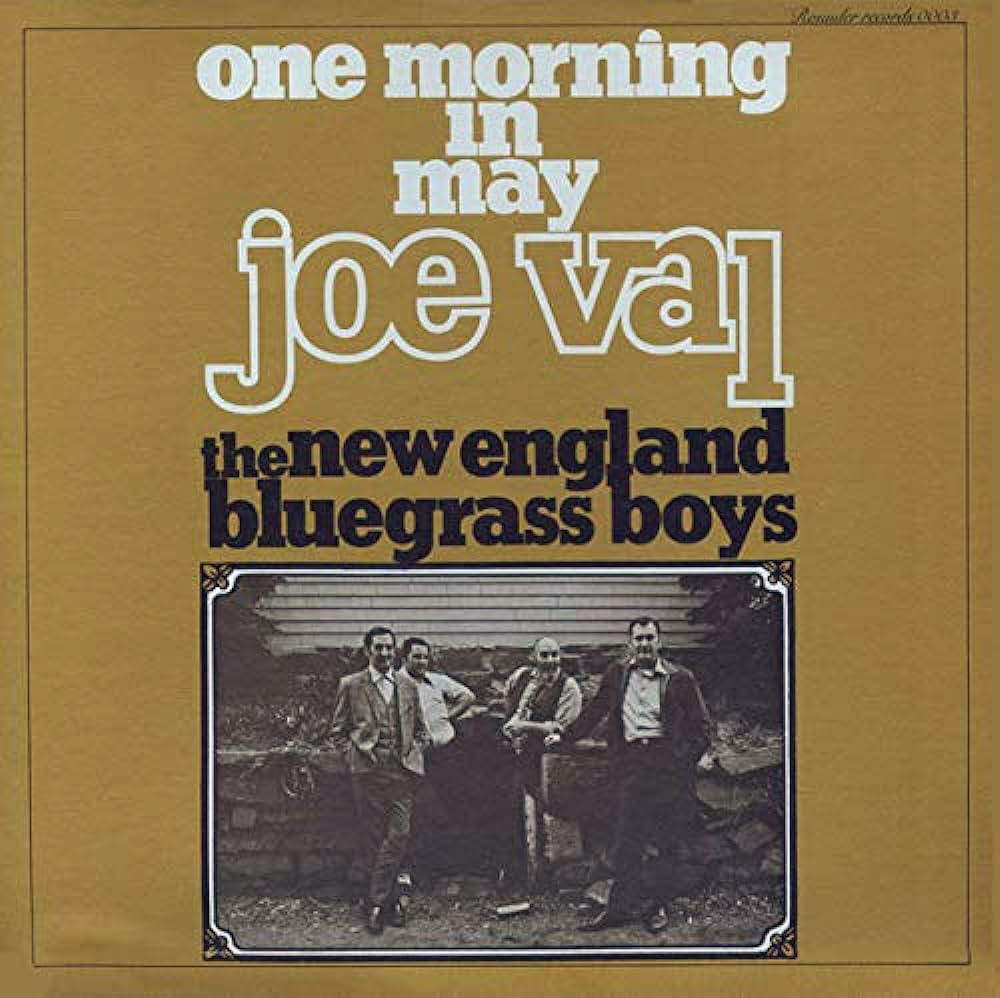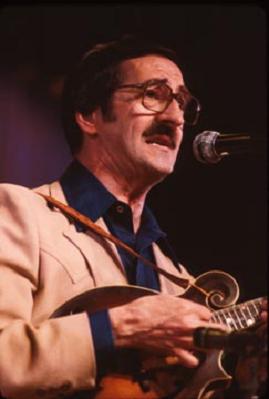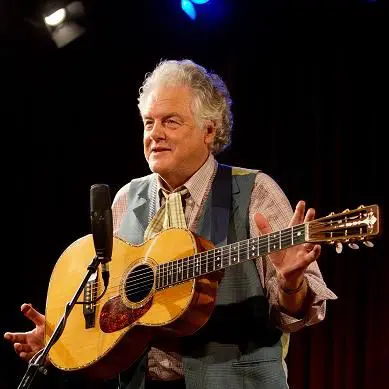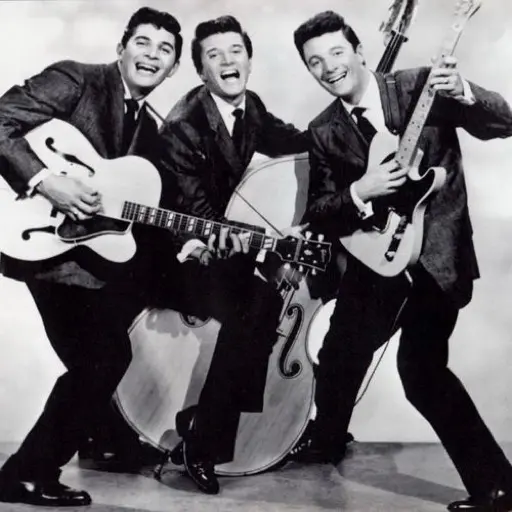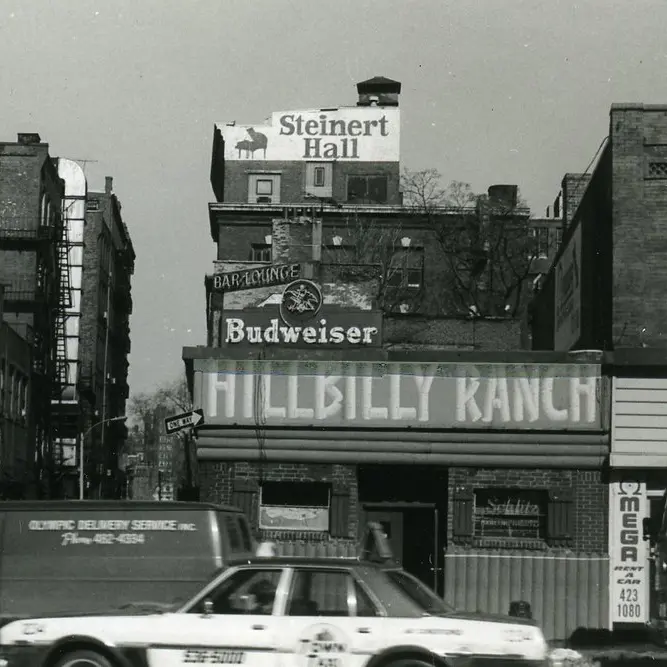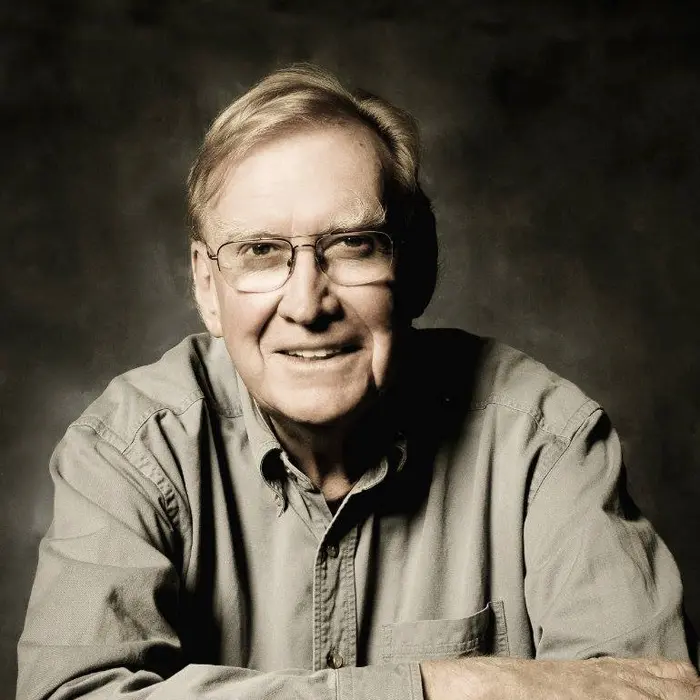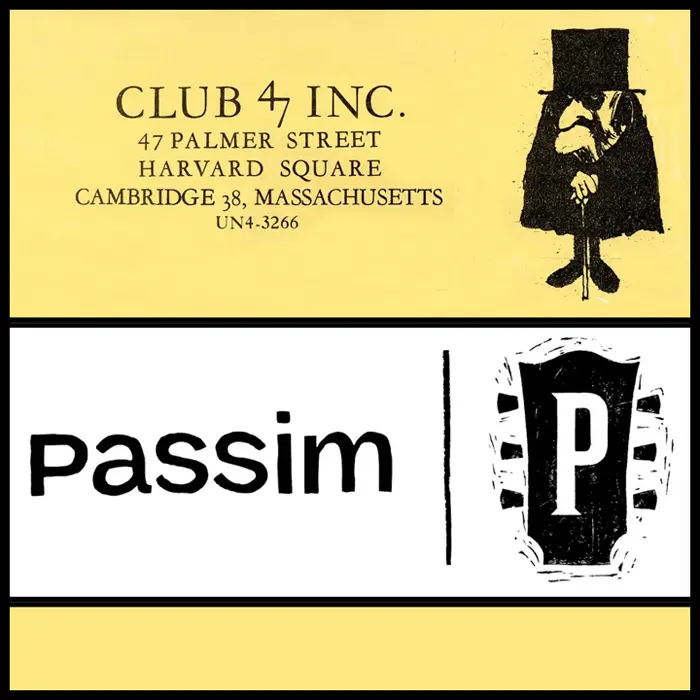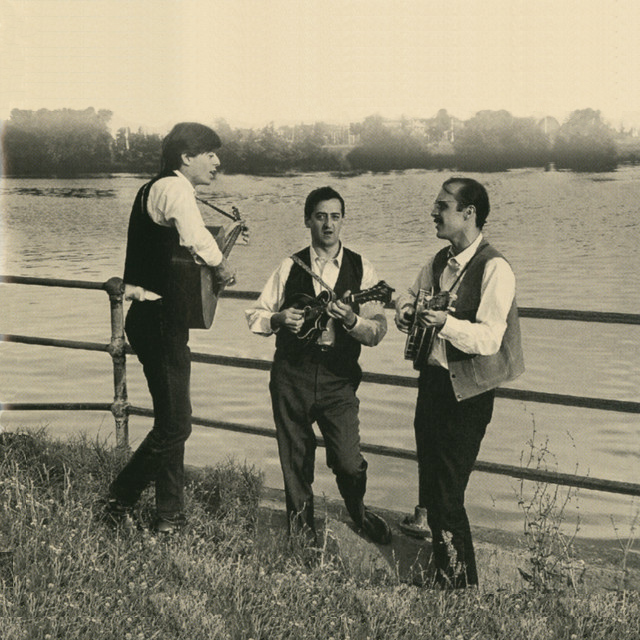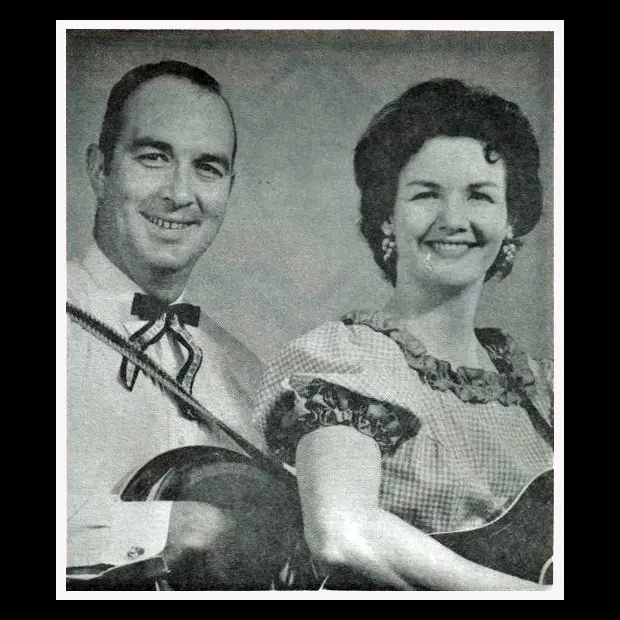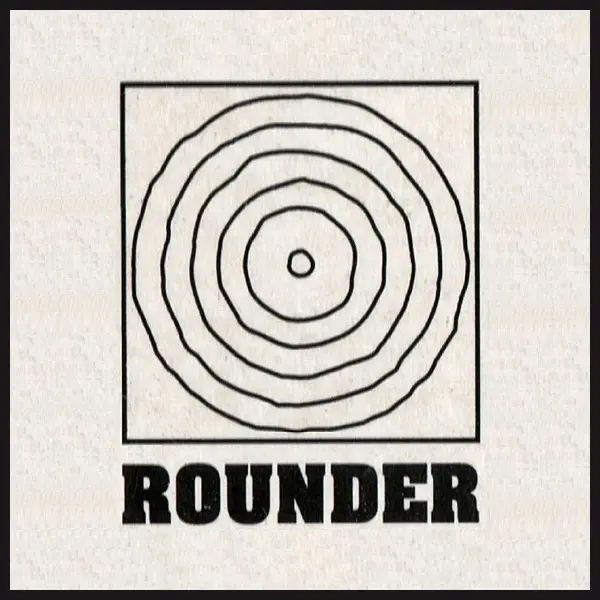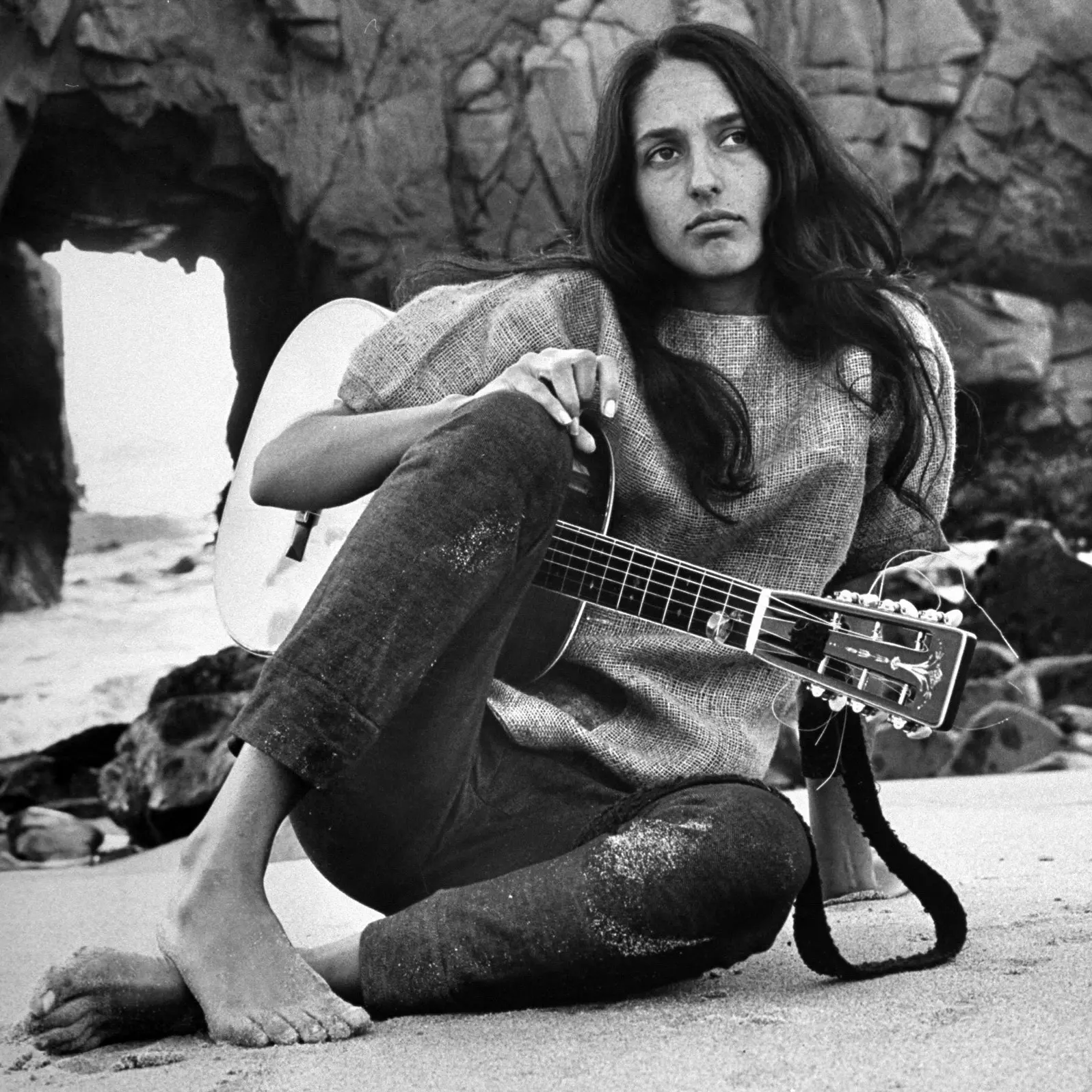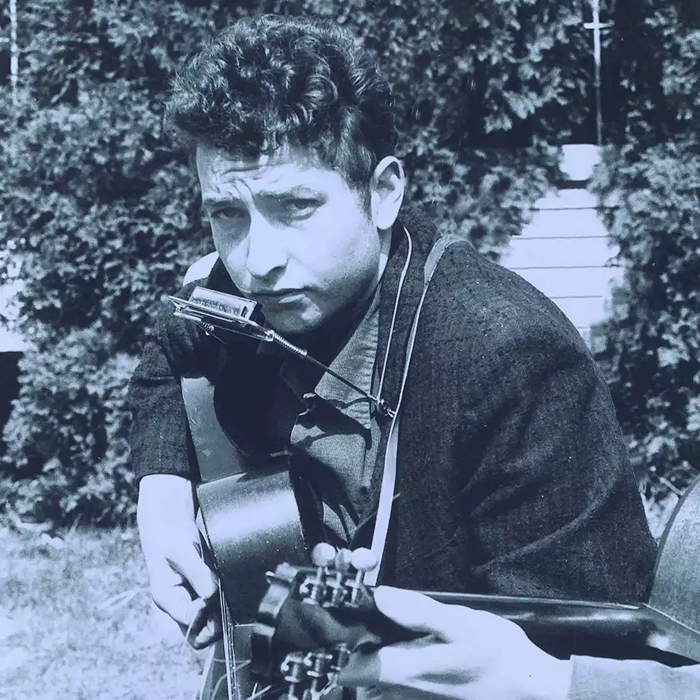Joe Val & The New England Bluegrass Boys
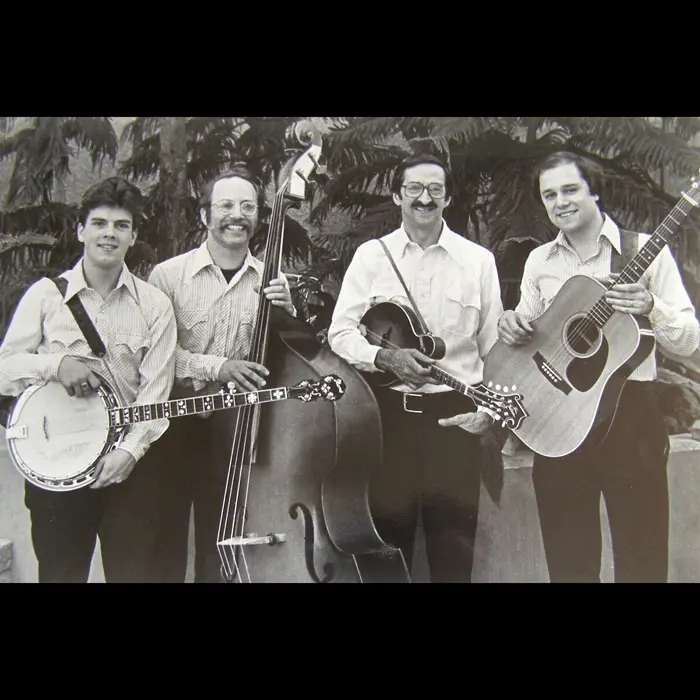
For over 30 years, Joe Val was as foundational to the bluegrass scene in New England as guitars, mandolins, fiddles, banjos, harmonicas, washboards and spoons are to the genre itself. With a soaring, silky smooth high-tenor voice and a distinctive Boston accent that revealed his north-of-the-Mason-Dixon-line roots, the supremely gifted singer was instrumental in establishing and expanding bluegrass’s popularity in New England, across the greater US and around the world.
Whether part of a duo or a larger group and whether playing guitar, banjo or mandolin, the instrument with which he’s most closely associated, the ever-bespectacled, ever-mustachioed, ever-smiling gentleman – a typewriter repairman by trade – was renowned for his refreshingly unpretentious stage presence and exhaustive knowledge of folk, blues and bluegrass standards, which he played with breathtaking dexterity and finesse. Grammy-winning mandolist-guitarist Peter Rowan, a Wayland, Massachusetts, native, dubbed him “the voice of New England bluegrass.”
MUSICAL BEGINNINGS
Born Joseph Valiante on June 26, 1926, in Everett, Massachusetts, Val fell in love with country music around age 12 when he heard Canadian country-and-western singer Wilf Carter, known as Montana Slim in the US, on the radio. At age 14, his grandmother gave him a guitar, which he practiced playing at every available moment. After hearing Bill Monroe (“The Father of Bluegrass”) on the radio and devouring as many of his records as he could afford, he fell equally in love with bluegrass, becoming beyond proficient on banjo and mandolin while in high school.
THE RADIO RANGERS, BECOMING “JOE VAL”
In 1952, Val joined country band the Radio Rangers as lead guitarist. Fronted by Maine native Slim Sullivan, the group was one of the first to play live on the WHIL out of Medford, Massachusetts, appeared on “Hayloft Jamboree” on Boston’s WCOP (now WZLX) and performed regularly at the Mohawk Ranch in Boston, the city’s original country-music venue.
In the mid-1950s, his musical tastes were largely informed by two West Virginia bluegrass groups which had transplanted themselves in Boston – Toby Stroud and The Blue Mountain Boys and The Lilly Brothers & Don Stover – plus the duo Jerry and Sky from Portsmouth, New Hampshire, and The Lane Brothers from Cambridge, Massachusetts, all of which performed often at the Hillbilly Ranch, another of Boston’s country-bluegrass venues.
When Val joined The Lane Brothers for a few songs there one night and fiddler Tex Logan said “Valiante” was too difficult to pronounce, he abbreviated it to “Val” and the name stuck for the rest of Val’s career. In 1957, when Stover spent six months in Bill Monroe’s band, Val filled in for him on banjo with The Lilly Brothers.
THE BERKSHIRE MOUNTAIN BOYS, VAL AND APPLIN
In 1960, now playing mostly mandolin, Val joined The Berkshire Mountain Boys with fiddler-guitarist Herb Applin, a tenor who became his singing partner for much of the decade. The pair began collaborating with singer-songwriter-guitarist Jim Rooney and banjoist-autoharpist Bill Keith, both Boston natives, and soon joined them regularly during their weekly gig at Club 47 in Cambridge. “Joe’s high vocals stopped the show every time we played,” Rooney once said.
In 1962, after playing on Rooney and Keith’s Prestige/Folklore LP Living on the Mountain – Val’s first studio experience – Val and Applin formed a duo named simply “Val and Applin,” playing some of their favorite duets by groups like The Blue Sky Boys, The Webster Brothers and The Louvin Brothers. For the next two years, the pair played twice a month at Club 47.
THE CHARLES RIVER VALLEY BOYS, THE OLD TIME BLUEGRASS SINGERS
In 1964, Val joined The Charles River Valley Boys (CRVB) and played on their final two albums, Bluegrass Get Together (1964) and Beatle Country (1966), the latter a groundbreaking collection of the Fab Four’s songs covered in bluegrass style. A staunch traditionalist, Val was reluctant to work on the innovative project at first but eventually embraced it; upon the LP’s released, many critics cited his vocals on “Norwegian Wood” as one of the album’s most electrifying moments. In 1967, after CRVB broke up, Val and Applin reunited and formed The Old Time Bluegrass Singers with banjoist Bob French and bassist Bob Tidwell.
THE NEW ENGLAND BLUEGRASS BOYS, ONE MORNING IN MAY
After a few years performing at colleges, coffeehouse and clubs – and securing Bill Monroe’s blessing to use “Bluegrass Boys” as a tribute to Monroe’s band of the same name – Val, Applin, French and Tidwell rebranded themselves as Joe Val & The New England Bluegrass Boys in 1970. They played across New England and landed a highly sought-after guest spot at one of promoter Carlton Hanley’s country-bluegrass festivals in Virginia before signing with Rounder Records in 1971 – the label’s first bluegrass act. Their debut album, 1972’s One Morning in May, met with broad critical acclaim, particularly Val’s rendition of “Sparkling Brown Eyes” for its two-part harmony yodels.
TOURS, LATER ALBUMS, LINEUP CHANGE
Over the next 14 years, the group toured the US, UK and Europe and recorded six more albums, all on Rounder except for 1981’s Live in Holland, released by Strictly Country Records. The band became a staple at multi-day events along the eastern seaboard including the Cajun-Bluegrass Festival in Escoheag, Rhode Island, and the Delaware Valley Bluegrass Festival, playing an impressive range of material including country songs by Merle Haggard, Porter Wagoner and Dolly Parton and bluegrass classics by Monroe, The Louvin Brothers and The Stanley Brothers.
Val and Applin anchored the group as frequent personnel changes resulted in eight others being part of the band: guitarists Dave Dillon and Dave Haney, banjoists Paul Silvius, Karl Lauber and Joe Dietz, bassist Eric Levenson, fiddler Sonny Miller and dobroist Roger Williams.
HEALTH PROBLEMS, THE JOE VAL BLUEGRASS FESTIVAL
Val was diagnosed with lymphoma in 1984, shortly after playing his final show at the Keene Music Festival in New Hampshire in September that year. While hospitalized, he received visits from Joan Baez, Bob Dylan, Ricky Skaggs and other notable artists and admirers. Musicians, friends and fans organized two benefit concerts to defray his medical expenses and those shows morphed into the Joe Val Bluegrass Festival, now held every February in Framingham, Massachusetts, at the Sheraton Hotel. In 2006, it was named Event of the Year by the International Bluegrass Music Association (IBMA).
DEATH, IBMA AWARD, DIAMOND JOE, BLUEGRASS MUSIC HALL OF FAME
On June 11, 1985, Val died at age 59, his legacy being as a humble, extremely talented mandolin-playing tenor who, according to his friend and collaborator Jim Rooney, “wanted people to know that bluegrass knew no geographical bounds.” His headstone is engraved with an image of his cherished 1923 Gibson Lloyd Loar mandolin.
In 1995, the IBMA gave Val a posthumous Distinguished Achievement Award and Rounder released Diamond Joe, a compilation of songs from his five LPs on the label. In 2018, he was induced into the Bluegrass Music Hall of Fame.
JIM ROONEY’S REFLECTIONS
Upon reading the announcement Val’s induction into the Bluegrass Music Hall of Fame, Jim Rooney talked about how surprised Val would have been by such an honor. “Modest and unassuming as he was, in his wildest dreams Joe would never have imagined that more than 30 years after his death there would be one of the most successful bluegrass festivals held in his honor and that he would be joining his hero Bill Monroe and former bandmate Bill Keith in the Bluegrass Hall of Fame,” he said. “It’s hard for me to believe that our little band that played at the Club 47 back in 1962 would produce two members of the Bluegrass Hall of Fame. As Joe might have observed, ‘Jamie, who would’a thunk it?!?!’”
(by D.S. Monahan)

